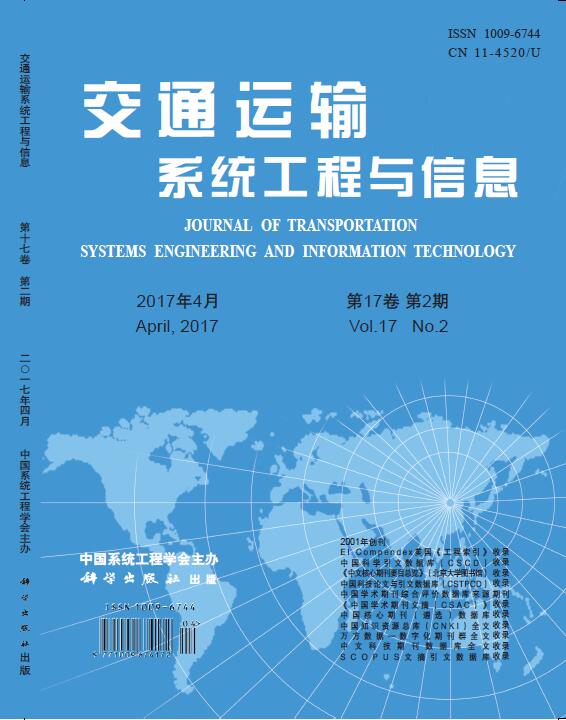To address the issues about the detailed and humanization alignment design of curve in rail transit, this paper quantitatively analyzes the indexes of pedestrian self- adaptation characteristics and the computation theory, collects empirical data through controlled pedestrian experiment, and validates the empirical data with fundamental diagram theory. Based on this, the pedestrian self-adaptation characteristics research in curve is performed, and the impacts of curve design on pedestrian self-adaptation characteristics are analyzed. The results reveal that: the stability and safety of pedestrian self- adaptation characteristics would be improved with the increasing of curve angle; the critical point of curve radius is 7 m, i.e., the stability of pedestrian self-adaptation characteristics will be improved until the curve radius increase to 7 m, while declined since the radius continuously ascended; the performance and efficiency of pedestrian selfadaptation characteristics is the best with angle in [120° ,160° ] or radius in [4, 10]m, worse with angle in [100°,110°] and equal to 170° or radius in [11,15]m, while the worst stability and safety with 90°-angle or 1 m-radius. Thus, the angle of curve in the [120°, 160°] and radius in [4, 10]m are recommended when the passenger flows are large.


